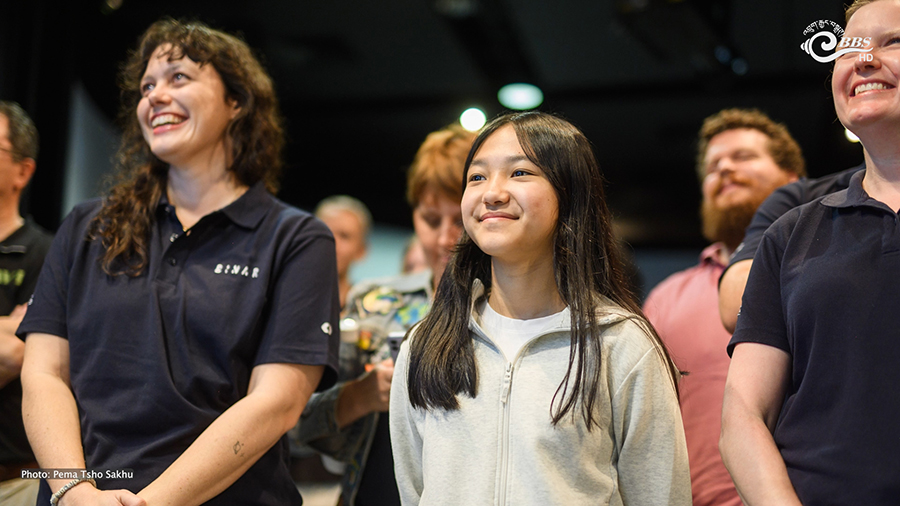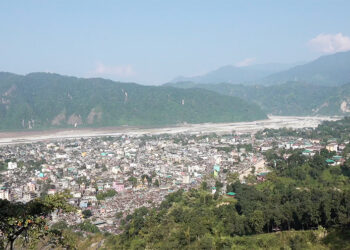 At just 13 years old, Pema Tsho Sakhu, a Bhutanese student living in Australia, is already breaking barriers in space science. Designing satellite components, launching rockets, and collaborating with some of the brightest minds in space technology, Pema is making steps that could inspire a new generation of innovators back home.
At just 13 years old, Pema Tsho Sakhu, a Bhutanese student living in Australia, is already breaking barriers in space science. Designing satellite components, launching rockets, and collaborating with some of the brightest minds in space technology, Pema is making steps that could inspire a new generation of innovators back home.
As the youngest participant in the BinarX programme at Curtin University in Perth, Pema is developing a scientific payload, an instrument that will help transmit data. The payload will soon be launched into Earth’s orbit.
Under the programme, she is working with some of the big names such as planetary scientist, Phil Bland.
Pema Tsho Sakhu said, “I am currently working on a magnetometer for altitude detection and an infrared sensor for Earth observation. This will actually be sent into orbit, which is really exciting.”
She studies in grade eight at Balcatta Senior High school.
It was in January last year, she launched her very first mini model rocket, a hands-on project that tested both her engineering and problem-solving skills. She later received Fogarty Foundation Scholarship, granting her a place in the 2025 BinarX Programme.
She also was awarded Rotary Club Award in 2023.
All the awards and scholarships did not come overnight. It was years of aspirations and relentless dedication fuelled by childhood wonder, self-driven learning, and the resilience to adapt and thrive in a new country.
Born and raised in Thimphu, Pema’s journey into space began with curiosity. She was reading books and watching videos about space where hands on resources were scarce. Moving to Australia three years ago opened doors to technology, opportunity, and mentorship. By then, her passion for science had already taken root.
Her dream is not confined to just space exploration, Pema also aspires to have a career in medicine.
Competing in karate, chess, swimming, or dreaming of both space and a future in medicine, she says she will continue to represent Bhutan with pride, hoping to light the way for others back home.
“I want to use what I’ve learned to help YDF and UNICEF Bhutan someday. I want to support causes that help children and education. That’s something I really care about. Even though I’m far away, I always think about how I can make a difference back home. Bhutan will always be part of my story,” she added.
Her mentors at the BinarX programme are impressed by Pema’s enthusiasm.
“I think stubbornness is also really important. Just not taking ‘NO’ for an answer, and ongoing even when you get knocked back. It’s really useful. And I think that’s exactly what Pema does. She’s never been discouraged by setbacks; instead, she’s kept pushing forward and building her skills,” said Phil Bland, a planetary scientist, professor and principal investigator of the BinarX programme, Curtin University.
“Over just a year and a half, she progressed rapidly, from building electronics and coding to understanding the physics of satellite communication. Her presence and participation even extended to a pivotal moment, commanding the deployment of BINAR 2-3-4 satellites into orbit from Japan’s Aerospace Exploration Agency mission control,” said Meg Berry, an Outreach Programme Coordinator of the BinarX Programme, Curtin University.
One rocket, one dream, and one determined student at a time.
Her story now changes a narrative for many Bhutanese young minds. It will be a reminder that the path to the stars is not only possible but can begin from the quite corners of a small nation.
Namgay Dema
Edited by Sangay Chezom










